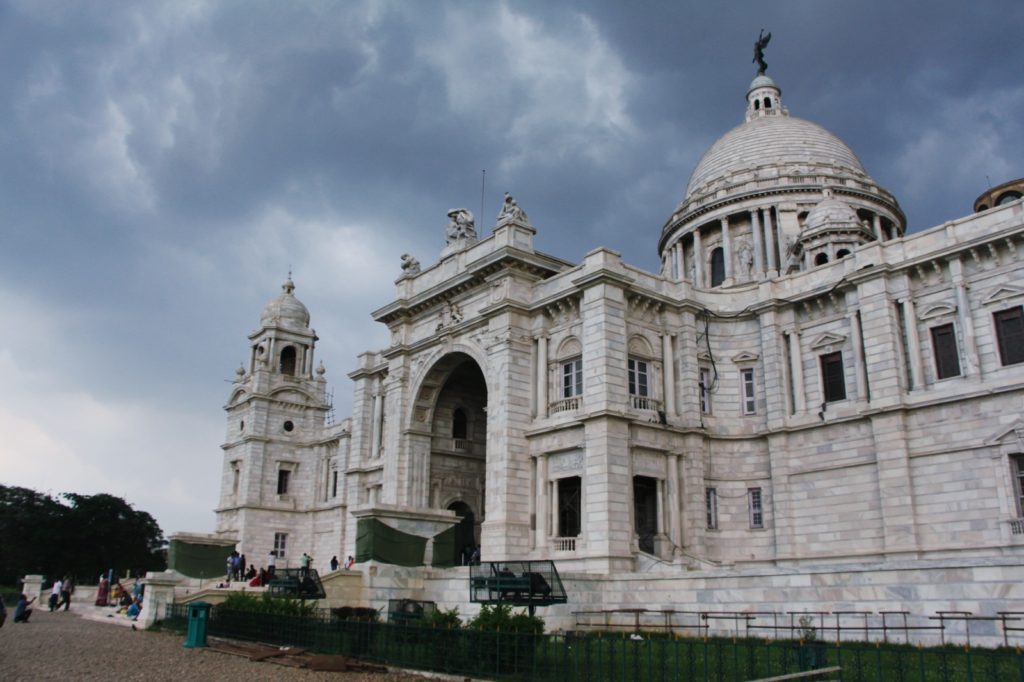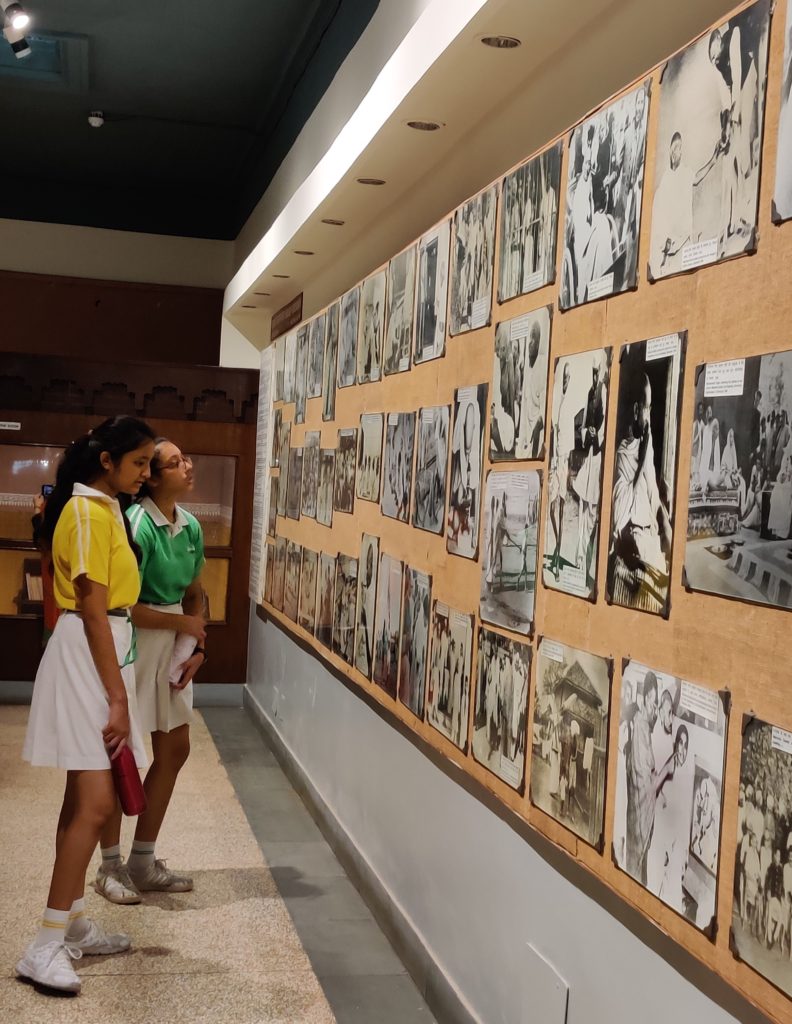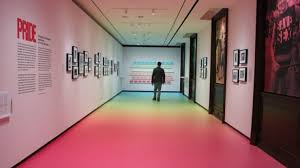By Ritika Soun

“Museum” in its definition is an institution dedicated to preservation and interpretation of the primary tangible evidence of humankind and the environment. Some define museum(s) as the storehouse of collections, while some as place of memorialization. The museum(s) are also seen as spaces representing and narrating the stories or tales from the past through myriad artifacts and/or objects. Museums attract a large footfall (both national and international). And when anybody visits the museum, they always have certain expectations in mind. For some, they are spaces of visual learning and the treasure houses of knowledge which (at times) cannot be gathered from our general textbooks. While for some, they are just places of entertainment like any other places the people visit on a weekend or during vacations.
This article is an attempt to highlight the (new) museums of today, where the ‘museum’, unlike its formative – definitive role, is presented in a new light with some new associations.

Location: Mahatma Gandhi National Museum, Delhi
Museums in the broader sense are associated with – directly or indirectly – the various historical trajectories of its native country. For instance, the National Museum, New Delhi, India, represents and narrates the vivid and glorious heritage of the country, ranging from ancient to contemporary times with its respective galleries. However, the changing times demand a new and more inclusive role for museums.
As the primary role of the museums is to disseminate knowledge about the past, the museums can also act as places for communicating ideas and creating knowledge about the subjects on display. In our case in point, it (museums) could also be helpful in the understanding of complex notions like – gender and LGBTQ identity. One must not forget that human society is diverse and contains alternate realities coexisting and contending (at the same time). So, what if, for a change, we see the museums as places of inclusion, which is reaching out to undeserved communities, many minorities and suppressed groups, along with the LGBTQ.
Yes, you read it right! Now, you must be wondering how these two can be linked together?
Fret not, it is very simple. The LGBTQ community for a long time now has been struggling to get their voices heard out loud in the public. So, when it comes to representation and narration, why should they be left out? Why should they be treated as the others? The representation should not be limited, but they should also be represented and celebrated as part of the Indian Culture as a whole.
For a long time, the museums are generally seen as the representatives of the dominant culture or group or community. Its high time we break this glass ceiling and do something about it. The museum, to begin with, can hold exhibitions by exhibiting the artwork(s) made by the LGBTQ people. Also, they can organize special events, lectures and workshops for the same. Through this, the museum can display their struggles, rights, issues and perspectives taking into consideration their own point of views. Moreover, the museums can also conduct interactive sessions/activities where the visitors can also participate actively.

Making an existing object or an artifact queer doesn’t mean its isolation or othering from the mainstream group; but on the other hand, it just enhances its beauty and adds more depth and understanding to it. Some of the examples can be taken from the museums across the globe – the Gay Museum was a show held at the Western Australian Museum (Perth); Transmission was a show held at the Amsterdam Museum. The narrative of this exhibition was composed of multiple stories, told by transgender(s) by means of the objects included in the show. Additionally, in 2005 the Museum of Victoria, the State Library of Victoria and the Australian Lesbian and Gay archives undertook a lesbian, bisexual, gay and transgender material survey, which surveyed collections across Victoria for their LGBT content. And many more to the list.
Taking inspiration from around, the Indian Museums can also work towards a similar goal. The new India has recently given a voice to LGBTQ group, which is a right step in the right direction, so why not incorporate it in its entirety? They are one of us and deserve an equal shot at representation. And what a better place than a museum, which is a storehouse of collections!
Based on contemporary times, the museums too should modify and revise their schemes and policies and should reconsider their engagements more socially than advocating a particular interest. As museums have no borders, they have networks!
The museums thus can be our new hangout places where we can actually learn and get to know about the LGBTQ more closely. The museums have a way of representation like no other. It can reach out to more people at once and can be the new centers of social awareness. Contributing to a more humane society. However, this won’t be possible until we all work together and create a society where the ‘museums are for all’ in its true sense.
Ritika is a museum enthusiast and likes to explore the diverse arts, culture and heritage of India. Living in a country which has been the storehouse of history in its every nook and crannies, it becomes really difficult for her to remain aloof from it for long. She believes that the community needs to know about this and this is what she is striving to achieve.


